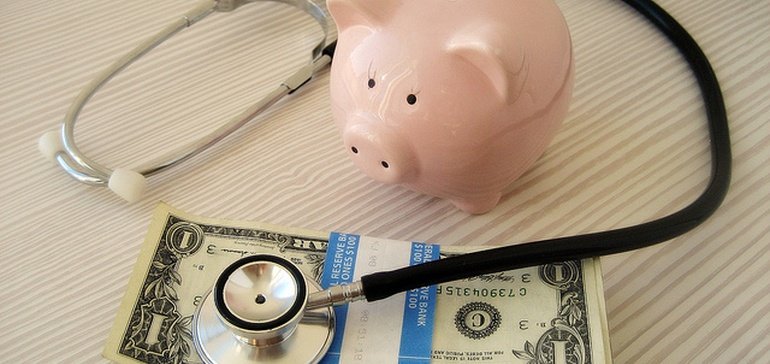
Dive Brief:
Aggressively regulating the prices of hospital services could reduce healthcare spending by more than $ 235 billion a year, according to a new study issued by the think tank Rand.
The report also examines price transparency and increased market competition among hospitals, and concluded that setting fixed prices would save the most money. However, the study’s authors also acknowledge how difficult price setting would be to accomplish politically, and that it could cause hospitals to close and the quality of care to erode.
The American Hospital Association blasted the report, throwing blame on insurers, noting their recent healthy profits. “Rand ignores the unique role of hospitals and health systems and dismisses rising costs and market concentration in the commercial health insurance industry, which is earning record profits during the public health emergency while spending less on actual care,” AHA CEO Rick Pollack said a statement.
Dive Insight:
Ever-escalating healthcare costs have been a problem in the U.S. for decades. A variety of proposals have floated around to address it, including single-payer healthcare and more free market solutions intended to increase competition.
Rand examined hospital costs and what could be done to control them. Hospital spending totaled $ 1.2 trillion in the U.S. in 2018, or about 40% of the nation’s total expenditures on healthcare.
The study explored three potential options: Capping prices for care, increasing price transparency and increasing competition. The Trump administration implemented a price transparency proposal for hospitals during its final year in power, though experts are skeptical it will do much to trim prices.
Of all the options, simply imposing price controls would cut costs most dramatically. According to Rand, setting all hospital pricing at 100% to 150% of Medicare rates would save $ 61.9 billion to as much as $ 236.6 billion annually, or a 1.7% to 6.5% reduction in overall healthcare spending.
By comparison, increased price transparency for hospital services would only decrease spending on hospital services by $ 8.7 billion to $ 26.6 billion. Decreasing market concentrations among larger hospital operators would cut spending by $ 6.2 billion to $ 68.9 billion per year, depending on how aggressive the measures are.
“Improving markets through increased price transparency and competition could help reduce prices, but would not reduce hospital spending to the extent that aggressively regulating prices could,” said Jodi Liu, the study’s lead author and a Rand policy researcher. “Direct price regulation could have the largest impact on hospital spending, but this approach faces the biggest political challenges.”
The study notes that the hospital community has aggressively lobbied against rate setting, particularly at prices close to Medicare, where most providers break even at best. Maryland is the only state that has significant regulation of hospital prices on the books.
